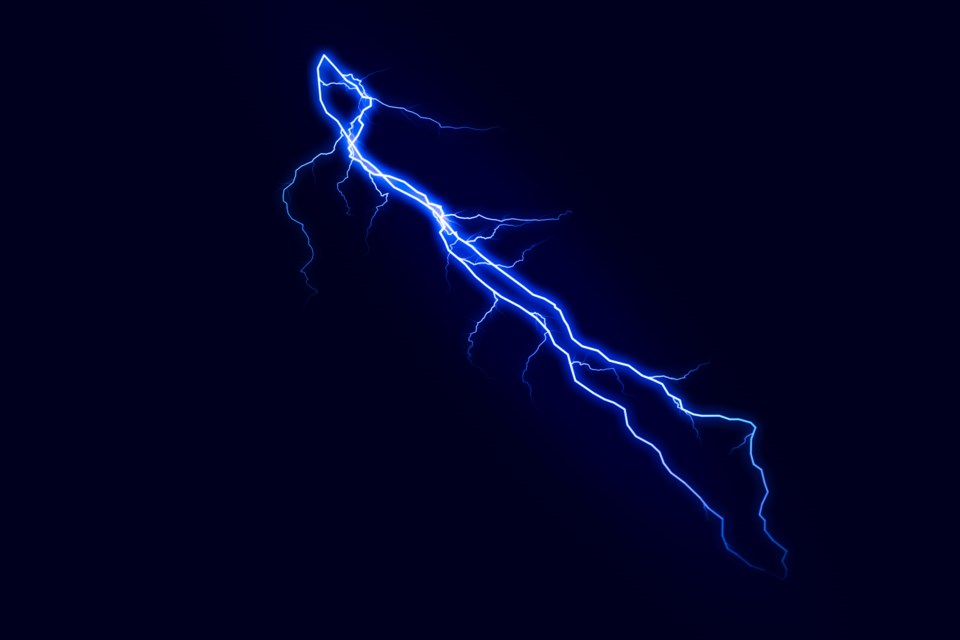Our modern ability to forecast the weather came about during the Cold War. Rockets and satellites sent back pictures of the planet from space, revealing that the Earth had what Hannah Fry described in a 2019 New Yorker article as "bands and whirls and vortices that stretched thousands of miles."
While meteorologists can provide a basic weather snapshot—whether to carry an umbrella or ditch the raincoat for short sleeves—extreme weather events like heatwaves, droughts, tornadoes, and hurricanes are harder to forecast. "Our long-range predictions rely on an assumption that the future will be similar to the past," wrote Fry. "Lose that, and we lose the tools that have allowed us to prepare for such eventualities." Climate change is showing us in real time these hard-to-predict occurrences.
Stacker consulted Weather.com, NASA, the National Oceanic and Atmospheric Administration (NOAA), and a variety news sites to answer 51 common weather questions. Click through to find out what a haboob is or why lightning strikes.
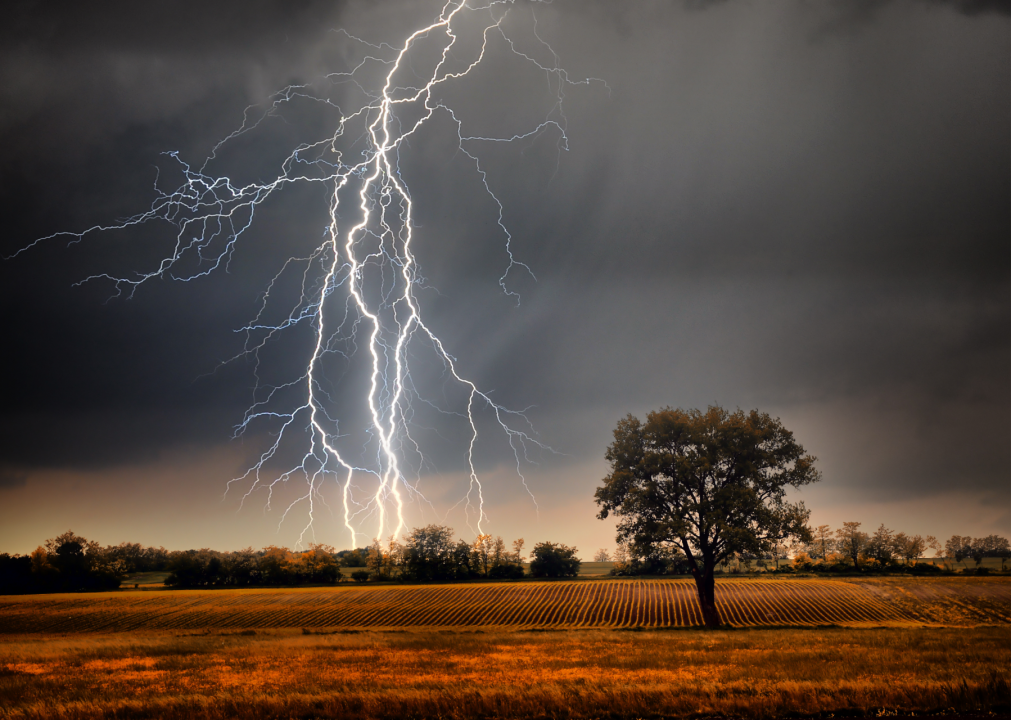
Dark Moon Pictures // Shutterstock
Why does lightning strike?
A lightning bolt is a discharge of electricity in the atmosphere. The strike equalizes the positive and negative charges in the air. It usually happens within clouds, but it can occur between the clouds and the ground.

54115341 // Shutterstock
Why does thunder come after lightning?
The energy from lightning can heat the air to around 18,000 degrees Fahrenheit, according to the National Oceanic and Atmospheric Administration. This rapid warming causes the air to expand quickly. The result is a sound wave of thunder.
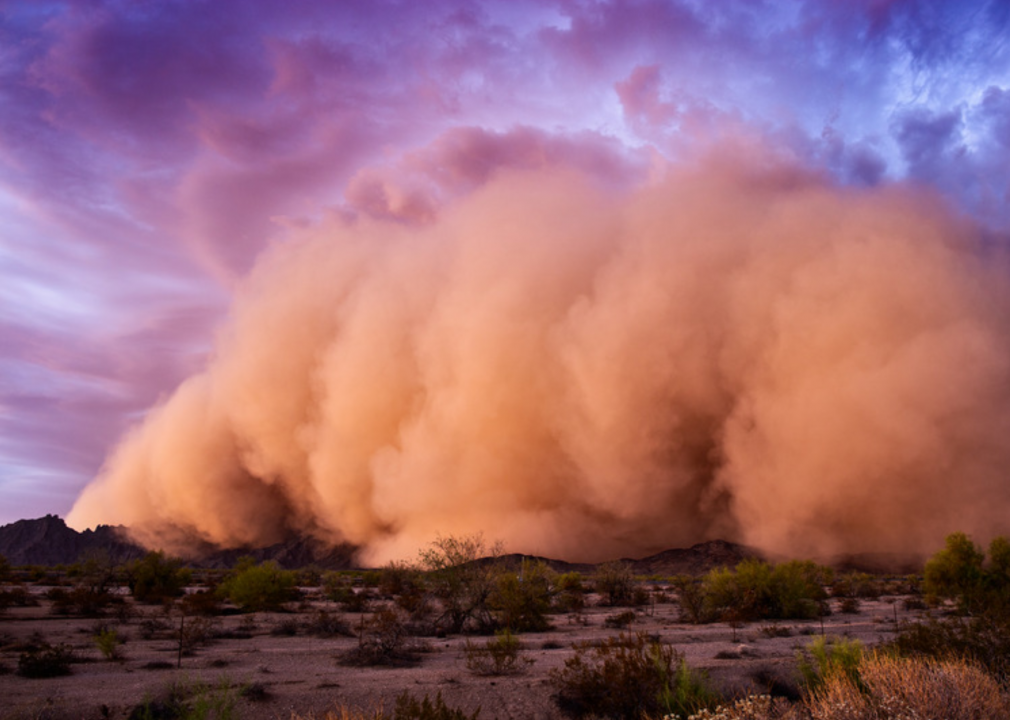
John D Sirlin // Shutterstock
What is a haboob?
Huge walls of dust are sometimes called a haboob which means "blown" in Arabic. They form when high winds push out of falling thunderstorms. A haboob can reach 1,500 to 3,000 feet tall and 100 miles wide.
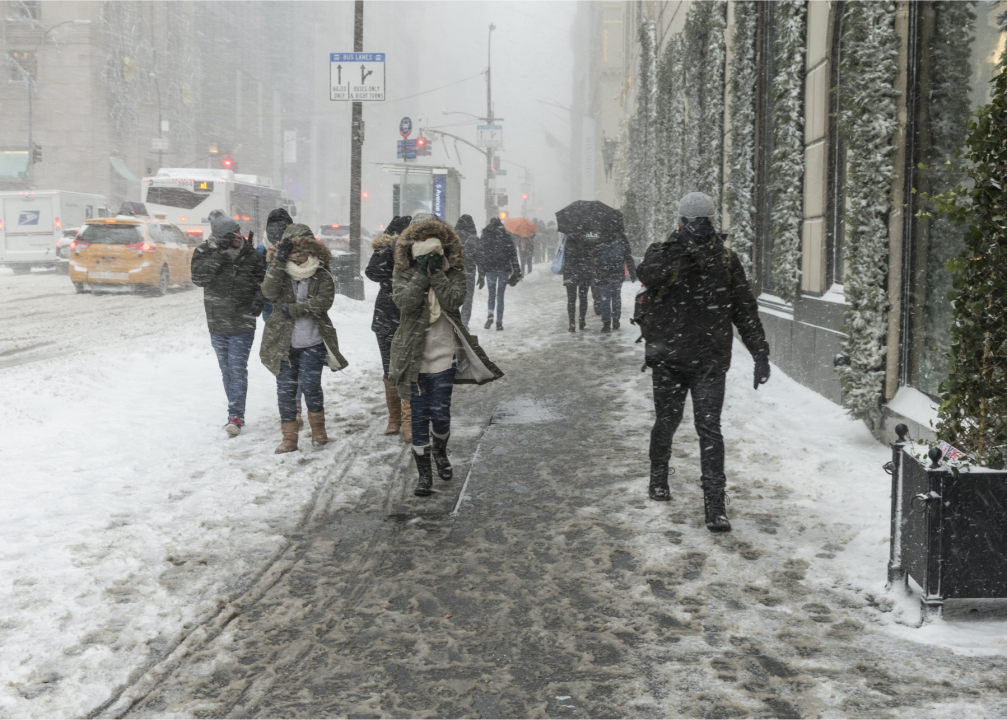
lev radin // Shutterstock
What is a bomb cyclone?
A barometric pressure drop that comes on quickly and hangs on in the middle of a low-pressure system creates what is known as a bomb cyclone. This can happen when cold and warm masses of air collide over warm water, causing a sudden intense weather system that can include strong winds, flooding, and even blizzards.

G-Stock Studio // Shutterstock
Can weather changes really cause a headache?
There is some evidence that changes in temperature or barometric pressure can trigger a migraine, though researchers are still trying to figure out why people are affected differently. Bright sunlight, strong winds, storms, and dry or humid air may also lead to headaches in some people, according to the Mayo Clinic.
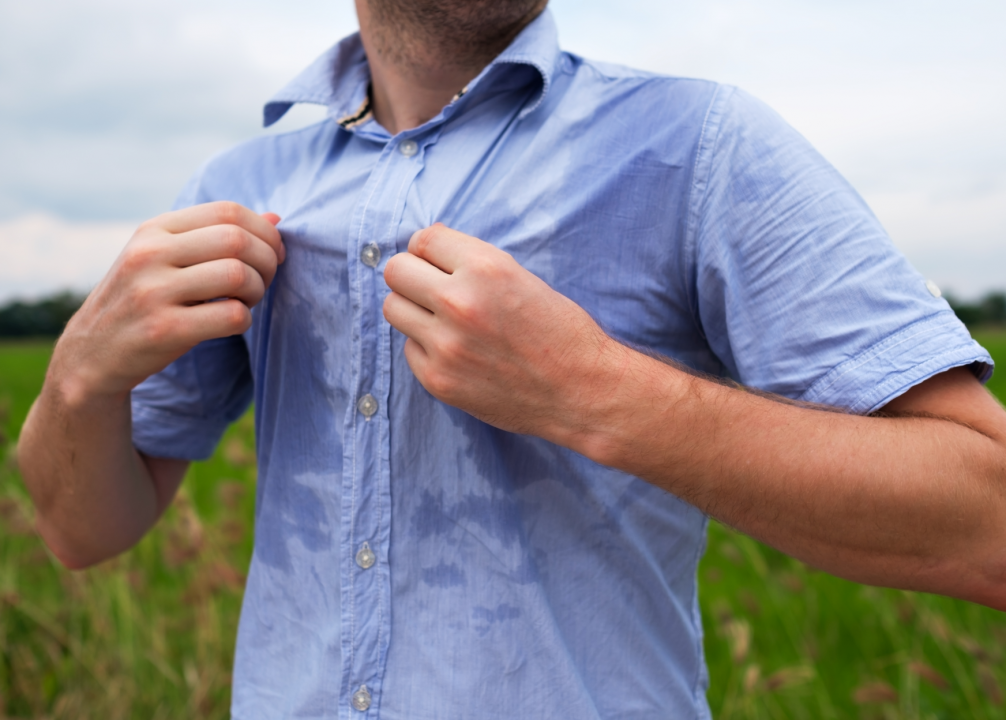
Koldunova Anna // Shutterstock
Why does humidity make people sweat more?
The body cools itself by sweating. If the air is dry, water evaporates off the skin pretty quickly. But if it's humid, meaning there's already moisture in the atmosphere, it takes longer for sweat to leave the skin. When the humidity gets high, the body may not be able to cool off at all. As climate change continues to heat the planet, humidity in hot cities may lead to more heat-related deaths.
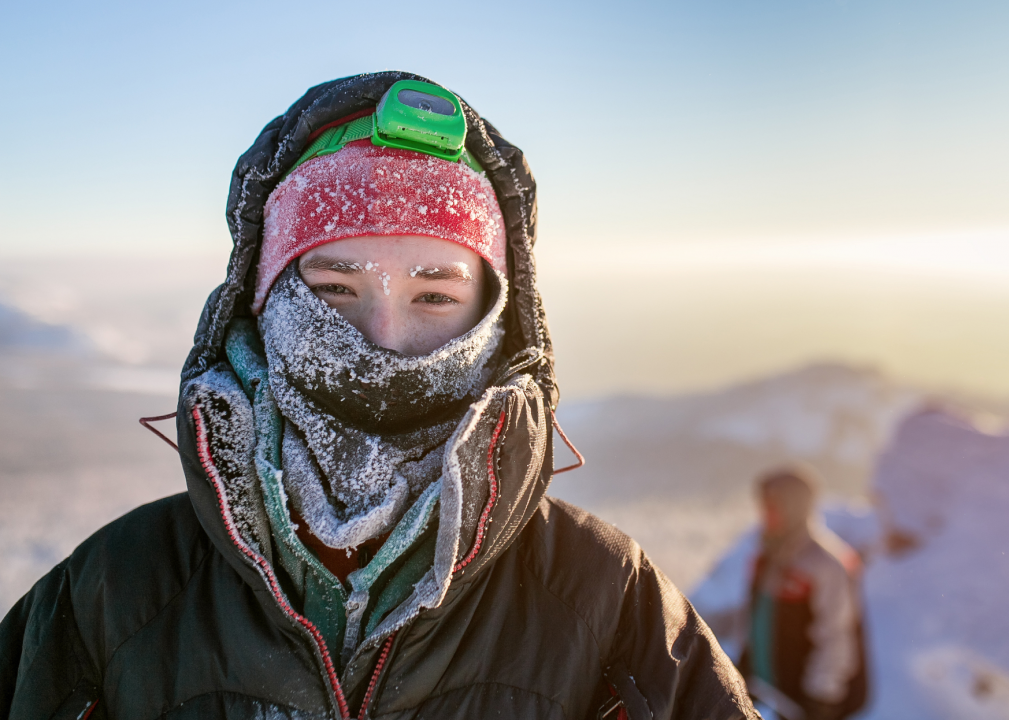
frantic00 // Shutterstock
What does wind chill mean?
Wind chill doesn't refer to how cold it actually is. It's a measure of how likely it is that an exposed part of the body will get frostbite. A Vox article explained it like this: If it's 38 degrees Fahrenheit and the wind chill is 32 degrees Fahrenheit, that doesn't mean it feels like it's freezing. It just means the wind would cause an uncovered face to get frostbite quicker.
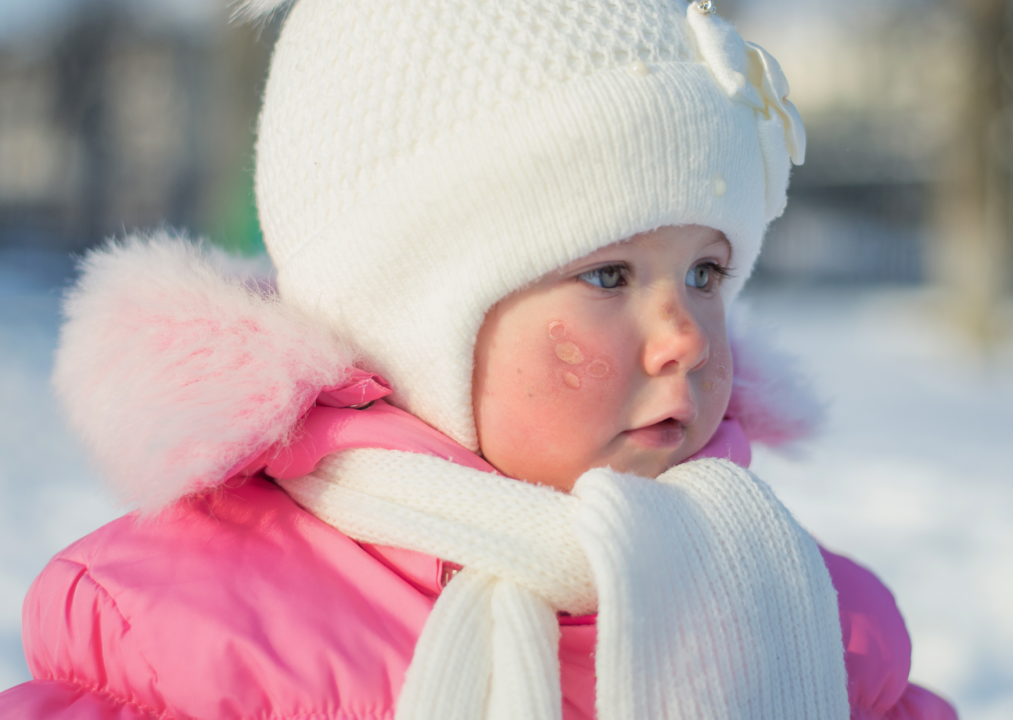
silentalex88 // Shutterstock
Why is cold weather dangerous?
Skin and the tissue under it can freeze, otherwise known as frostbite. When the body gets cold, it sends blood to organs to keep them warm, leaving earlobes, noses, cheeks, fingers, and other extremities vulnerable. If someone is cold for a long time and their body temperature falls below 96 degrees Fahrenheit, hypothermia can set it and lead to heart failure or death. Infants and the elderly are at the most risk.
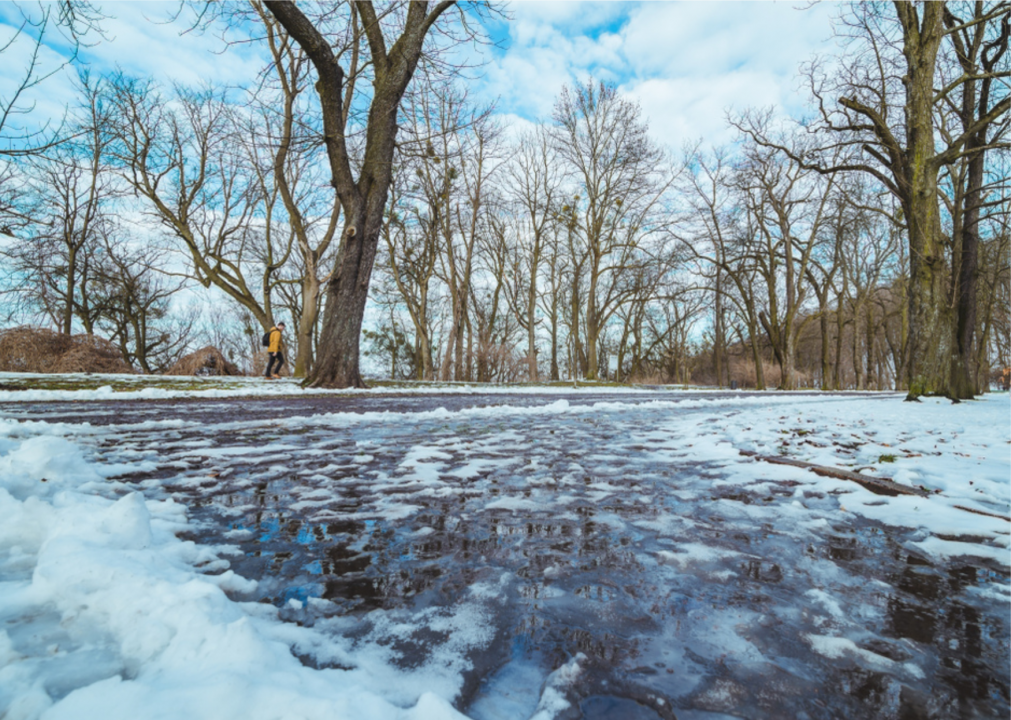
Vera Petrunina // Shutterstock
What is the difference between climate and weather?
Weather is the daily or weekly changes that happen in the atmosphere. Climate refers to what the weather is like over a long period of time, sometimes over a few decades. Climate is what you think will happen in the atmosphere, whereas weather is what actually happens, explains the National Centers for Environmental Information.
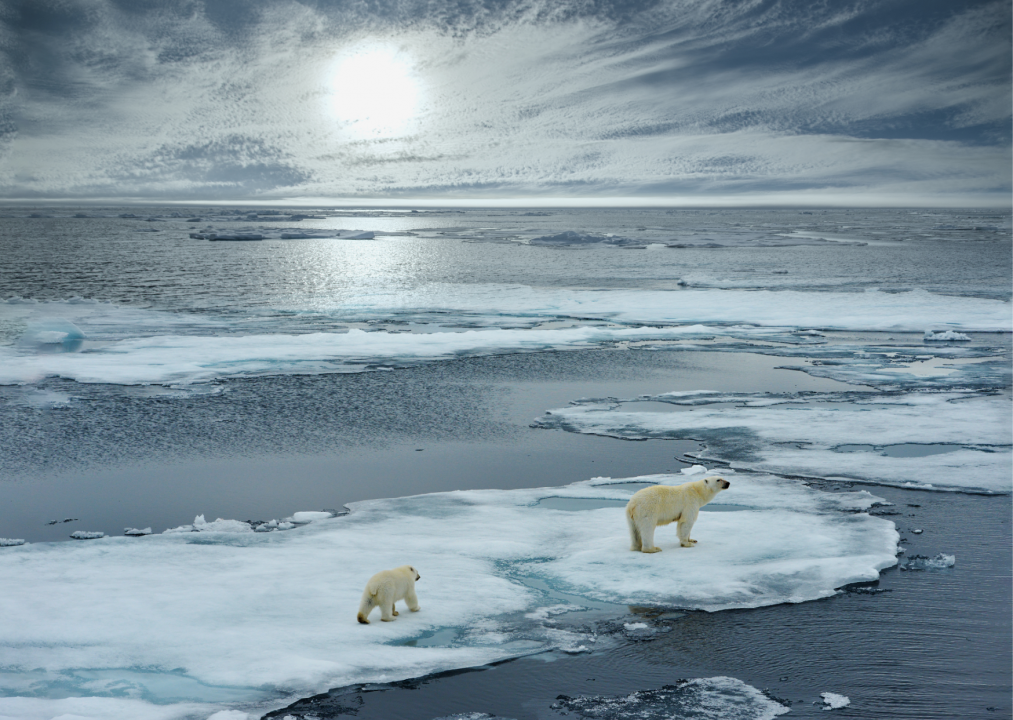
FloridaStock // Shutterstock
What's the difference between climate change and global warming?
When people talk about global warming, they're referring to the rising temperature of the Earth. Climate change includes all the environmental effects of global warming: stronger storms, drought, forest fires, melting ice, and rising tides, for example.

Klagyivik Viktor // Shutterstock
Why are thunderstorms worse in spring?
When a cool, dry atmosphere mixes with warm, moist air, thunderstorms pop up. This is more likely to happen in the spring and summer as temperatures rise.
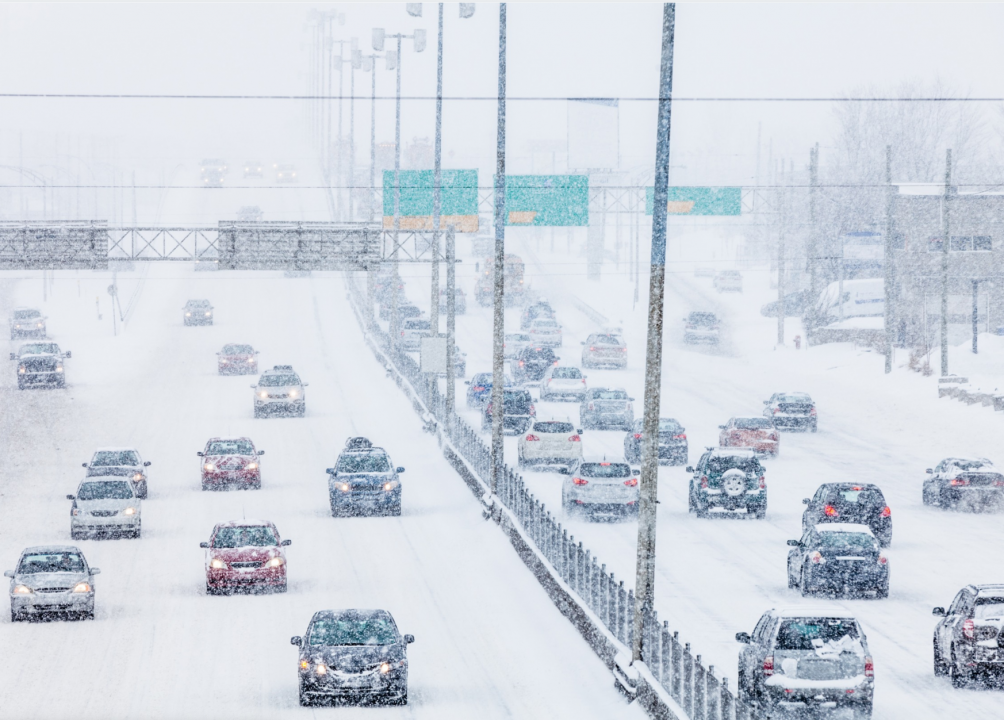
Benoit Daoust // Shutterstock
Why does global warming make blizzards stronger?
As the Earth and oceans get warmer, the atmosphere holds more moisture. This comes down as precipitation. So when it gets cold enough to snow, there will be more of it.
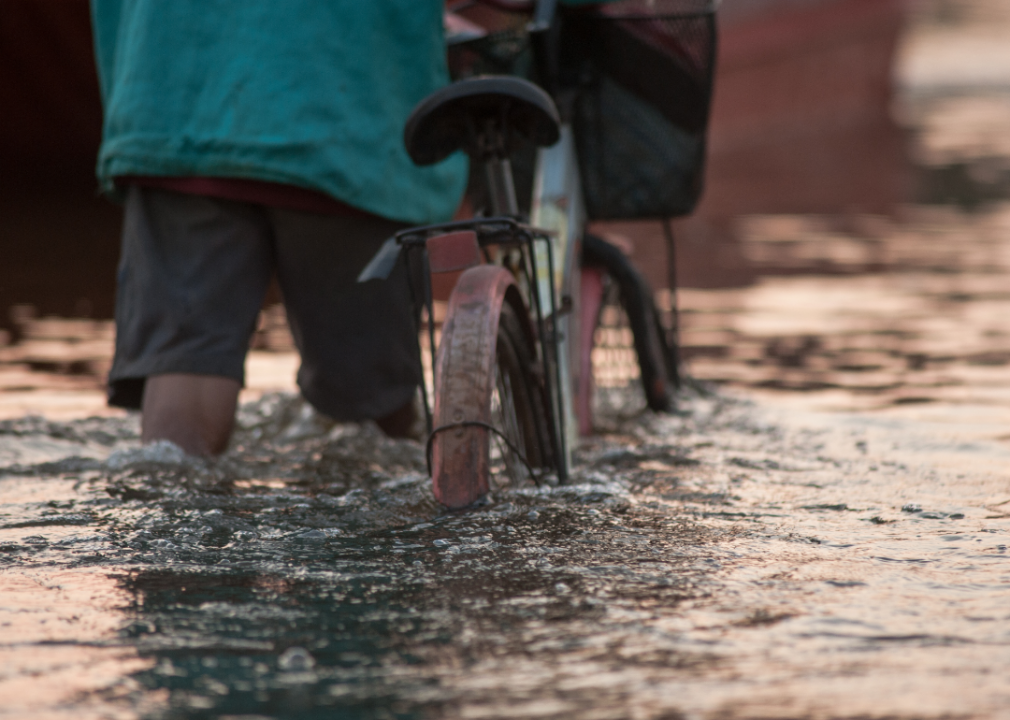
Canva
Why is flooding worse in spring?
When it warms up, snow melts and flows downstream. When this mixes with heavy rain, rivers can overflow and cause flooding.

Syda Productions // Shutterstock
Can the weather make arthritis worse?
The short answer is: maybe. Some people say they know it's about to rain because their joints start to hurt. However, there isn't enough scientific evidence to back up this claim.
There is no relationship between rainfall and outpatient trips to the hospital for joint and back pain, according to a 2017 study published in the journal BMJ.
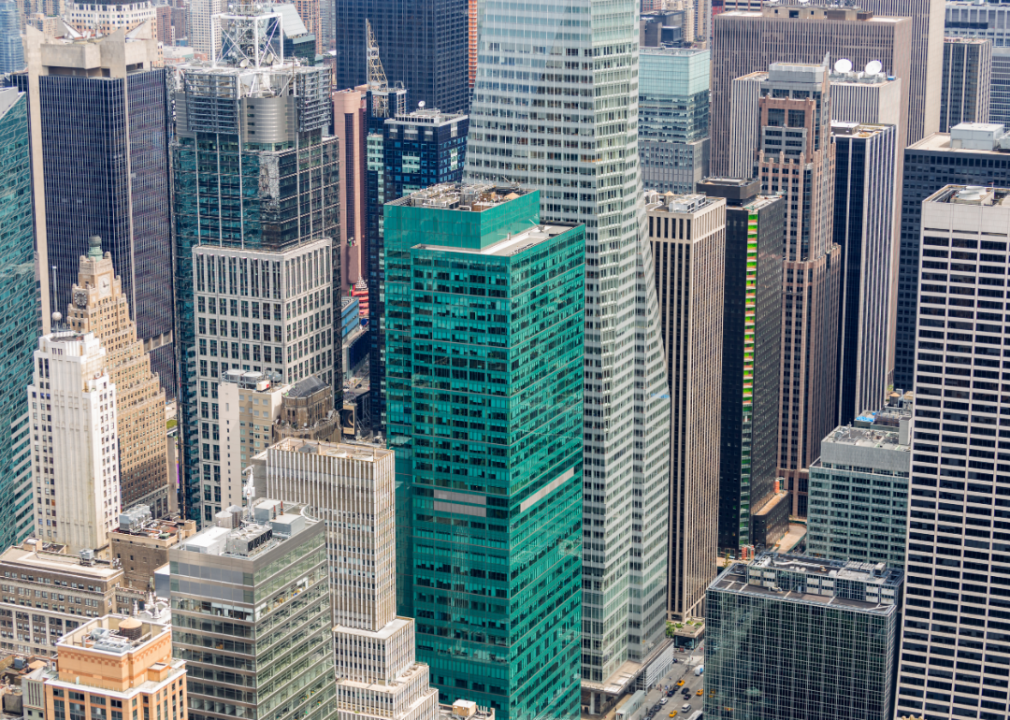
Canva
What are heat islands?
Places that have many exposed surface areas, like buildings and pavement in cities, can be hotter than nearby rural areas. This is known as the "heat island" effect.
These surfaces can get 50 to 90 degrees Fahrenheit warmer than the air. Furthermore, heat islands can increase energy use, putting more greenhouse gases into the air and worsening global warming.

AkulininaOlga // Shutterstock
What is acid rain?
Precipitation that contains acidic components, like sulphuric or nitric acid, is called acid rain. Snow, fog, hail, and dust can also be acidic.
While acid rain can form around volcanoes, it's usually caused by human consumption of fossil fuels. Acid rain can damage forests and other plants. When acid rain pollutes water sources like lakes and streams, it can be deadly to aquatic animals.
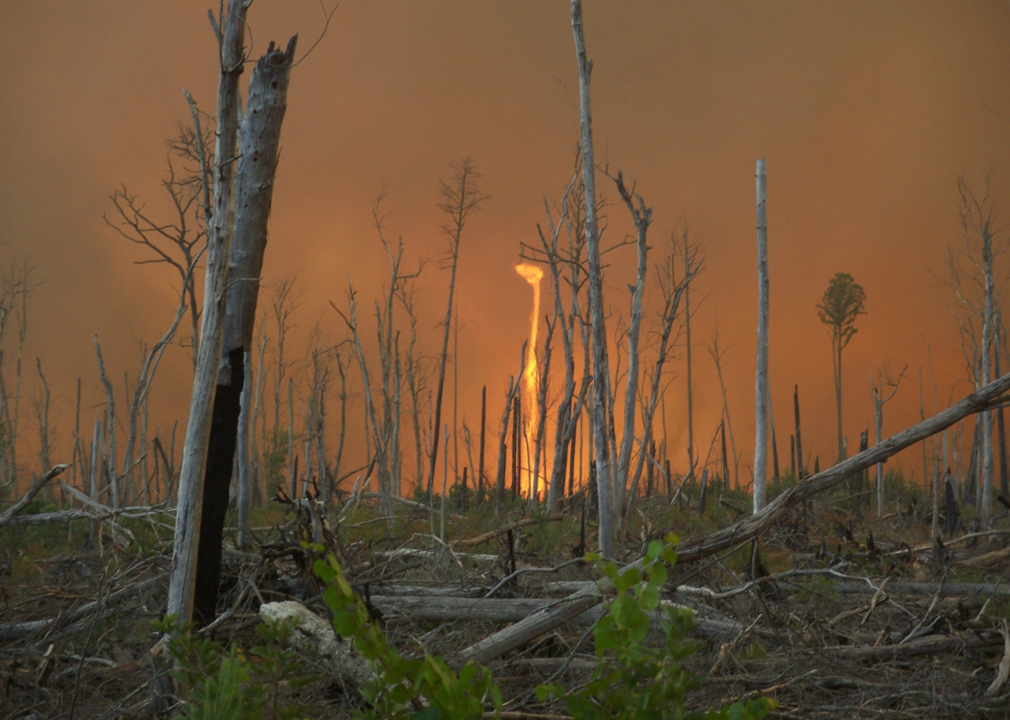
U.S. Fish and Wildlife Service Headquarters // Flickr
What is a firenado?
In 2018, a spinning tower of fire crossed a river, worsening the Carr fire in Northern California. This "tornado-strength fire-generated vortex,"—also called a firenado, fire whirl, fire devil, or a fire twister—was a combination of hot weather, unstable winds, and a cloud topped with ice, according to a study published in Geophysical Research Letters.

Canva
Can lightning strike the same place twice?
Not only can lightning hit the same spot more than once, but it can also do so in a short amount of time. While the chances a person will get struck by a bolt is about 1,000,000 to one, a park ranger named Roy Sullivan reported getting zapped seven times.
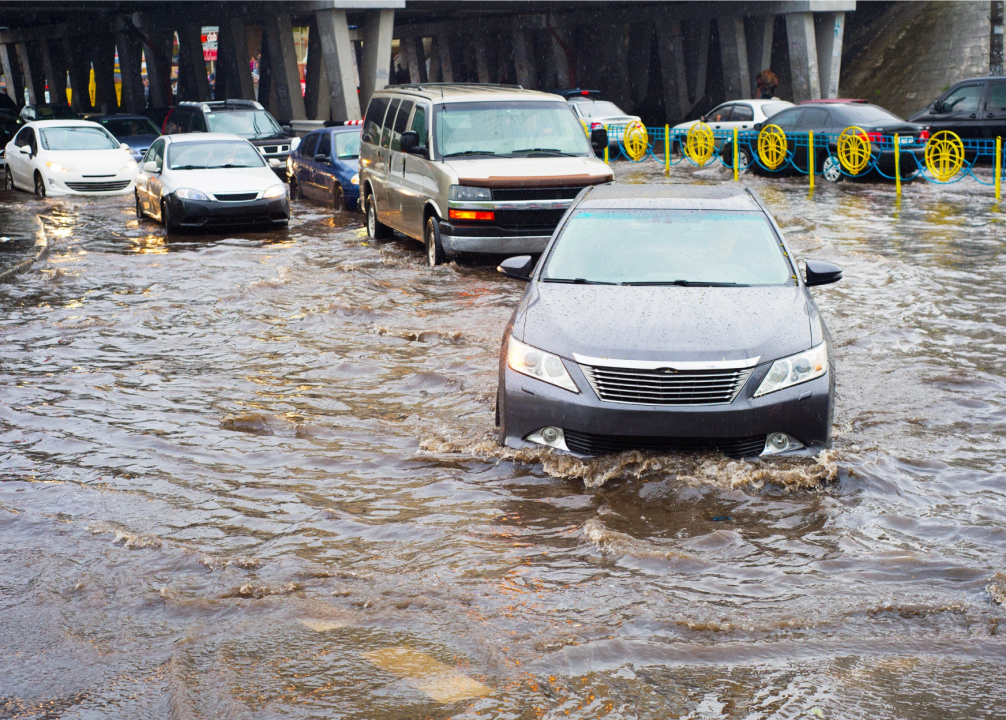
joyfull // Shutterstock
What areas are prone to flash flooding?
Flash flooding can occur if a dam or levee breaks. It can also happen within minutes or hours after heavy rainfall, especially if the storm is moving slowly. It's more likely to affect areas where a lot of people live and work. That's because the ground, which usually absorbs water, is covered with buildings, driveways, or roads.
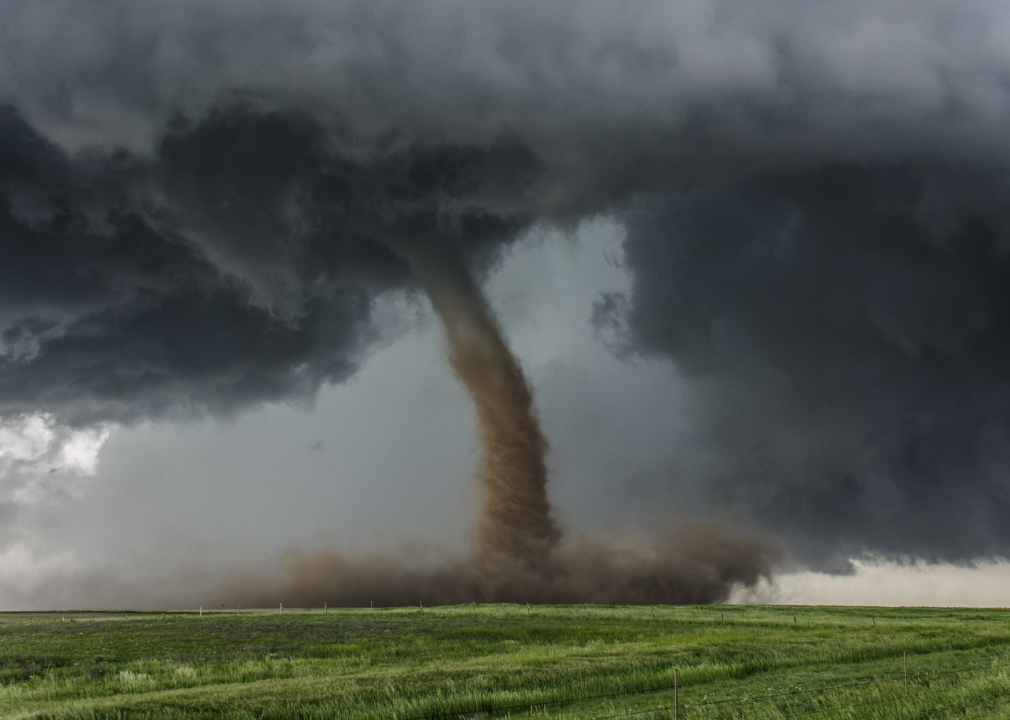
Minerva Studio // Shutterstock
Where is "tornado alley" shifting?
Tornadoes still mostly hit states like Texas, Oklahoma, and Kansas. However, since 1979, the number of tornadoes in the Great Plains has decreased.
At the same time, states east of the Mississippi River, except Florida, have seen an uptick in tornado activity. If this trend continues, highly populated areas like Chicago may see more deaths and damage. Scientists aren't sure how or if climate change is affecting the shift.
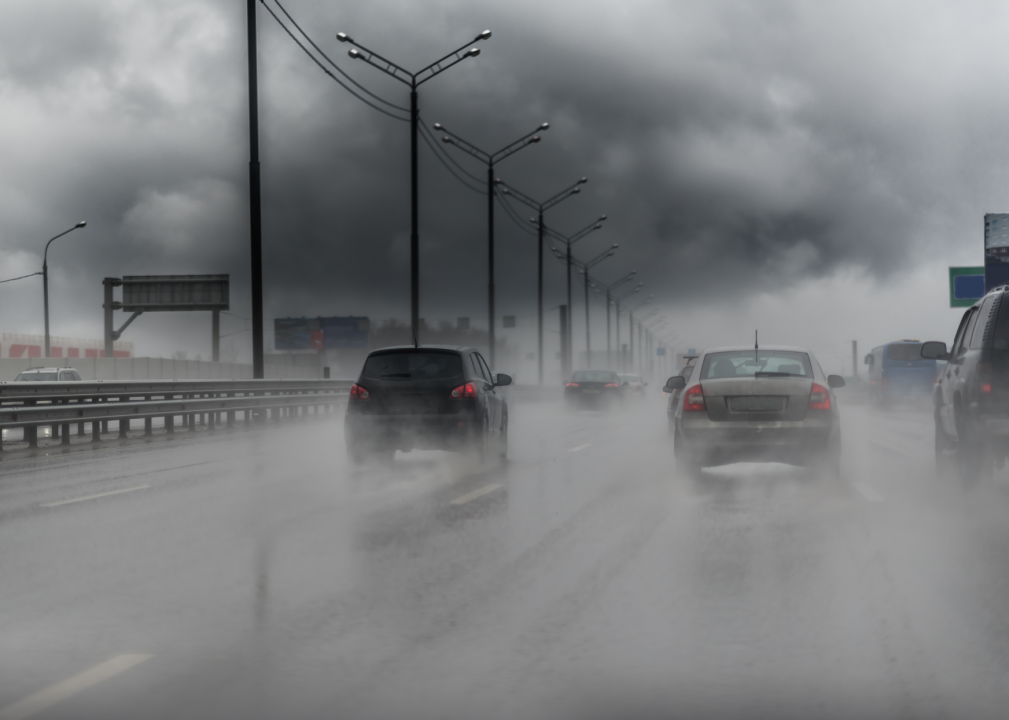
MakDill // Shutterstock
What is a nor'easter?
Some East Coast storms are called nor'easters because winds from the northeast create them, explains the National Weather Service. The strongest storms usually occur from September to April, but they can happen anytime.

Canva
What causes smog?
The term smog originally came about in the early 1900s. Today, the term refers to any ozone pollution that makes the air hard to see through. Photochemical smog is mostly what is seen today.
It happens when sunlight mixes with chemicals released from things like factories, car exhaust, gasoline, or cleaning products, according to National Geographic. Smog can make it hard for people or animals to breathe, and it can be deadly to plants. Climate change is already making smog and air pollution worsen in cities, which is bad for human health, according to the American Lung Association.

Canva
Why are hurricanes getting stronger?
The number of tropical storms that have turned into hurricanes has tripled over the past 30 years, reported the Guardian. Experts believe the warming atmosphere is heating the oceans, which makes the storms more intense. The added moisture in the air also means the storms will dump more rain that causes flooding.

NWS // Wikimedia Commons
What is a gustnado?
These aren't tornadoes because they are disconnected from a cloud formation. They are instead "a short-lived, ground-based swirling wind that can form on the leading edge of a severe thunderstorm," according to AccuWeather.
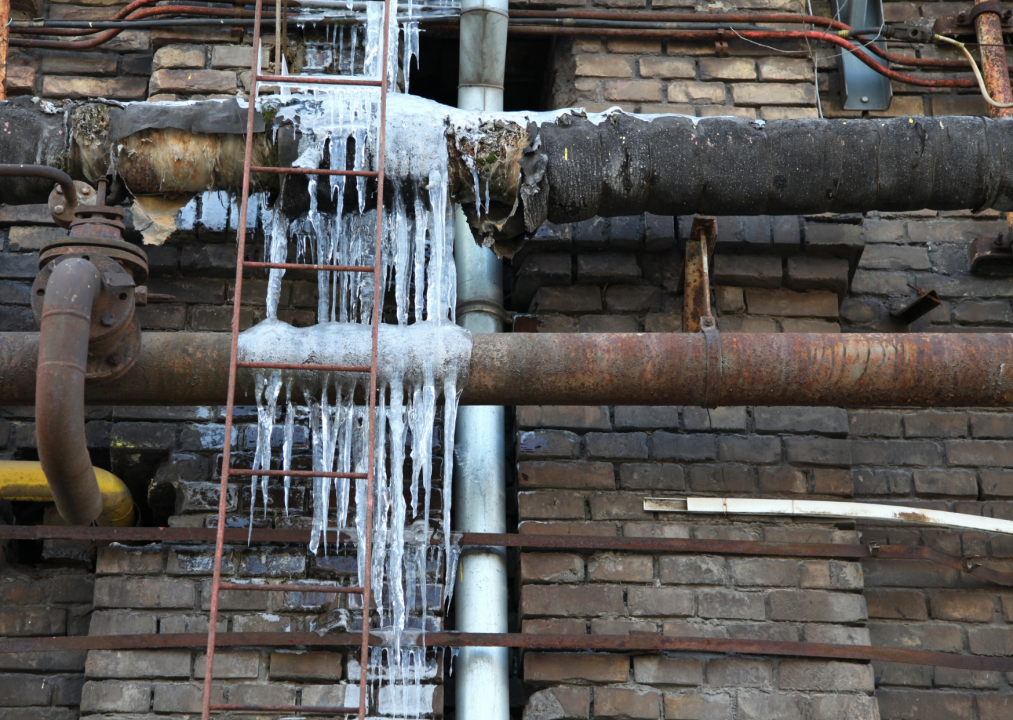
harmpeti // Shutterstock
Why do pipes break when it gets cold?
When it gets chilly, water in pipes starts to expand as temperatures approach freezing. When the pressure exceeds what the pipes can handle, they break. It might be possible to prevent this by wrapping pipes or letting warm air from nearby areas to circulate them.
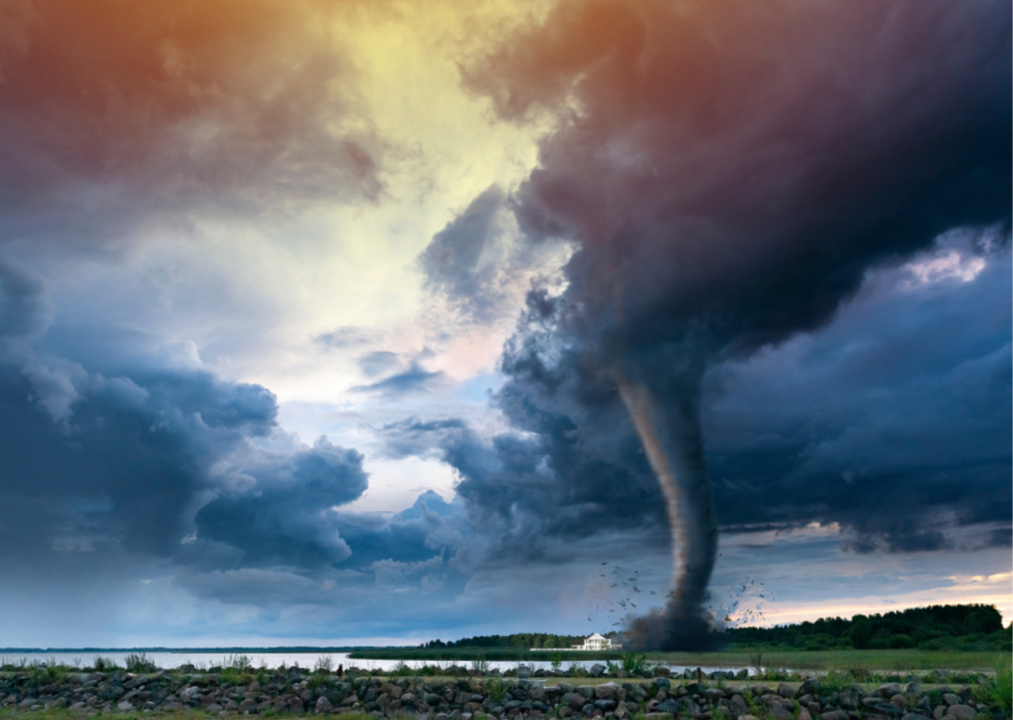
LeStudio // Shutterstock
What is the most dangerous kind of tornado?
Tornadoes are classified as weak, strong, and violent. An EF4 and EF5, the most intense tornadoes, can produce wind speeds of 166 mph or more, according to the National Weather Service. Though violent storms only make up 2% of all twisters, they are responsible for about 70% of tornado deaths, according to National Geographic. Earlier in 2019, a violent tornado killed at least three people in Missouri.
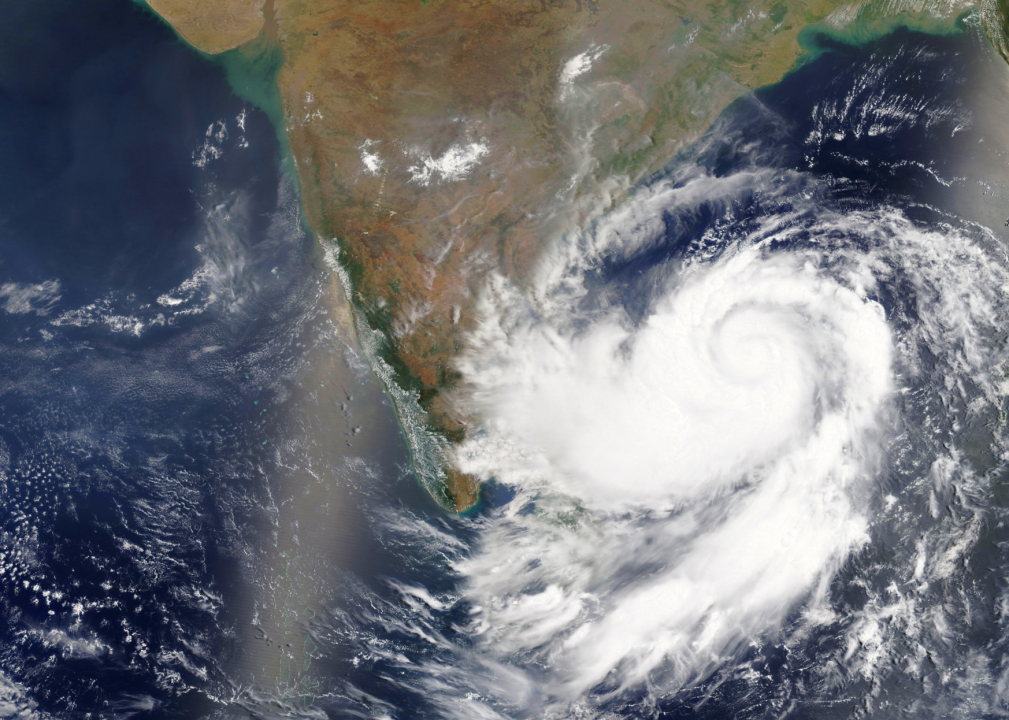
lavizzara // Shutterstock
What is a typhoon?
A tropical cyclone that forms in the Pacific Ocean is called a typhoon. The same kind of storm in the Atlantic Ocean is called a hurricane. Typhoons only have two classifications, whereas hurricanes have five.

John D Sirlin // Shutterstock
What is blood rain?
Wind can pick up desert sand and mix it with clouds, creating rain that looks red when it falls. Blood rain can coat anything outside in a layer of red or brown dust when it dries, as long as it doesn't rain for very long.
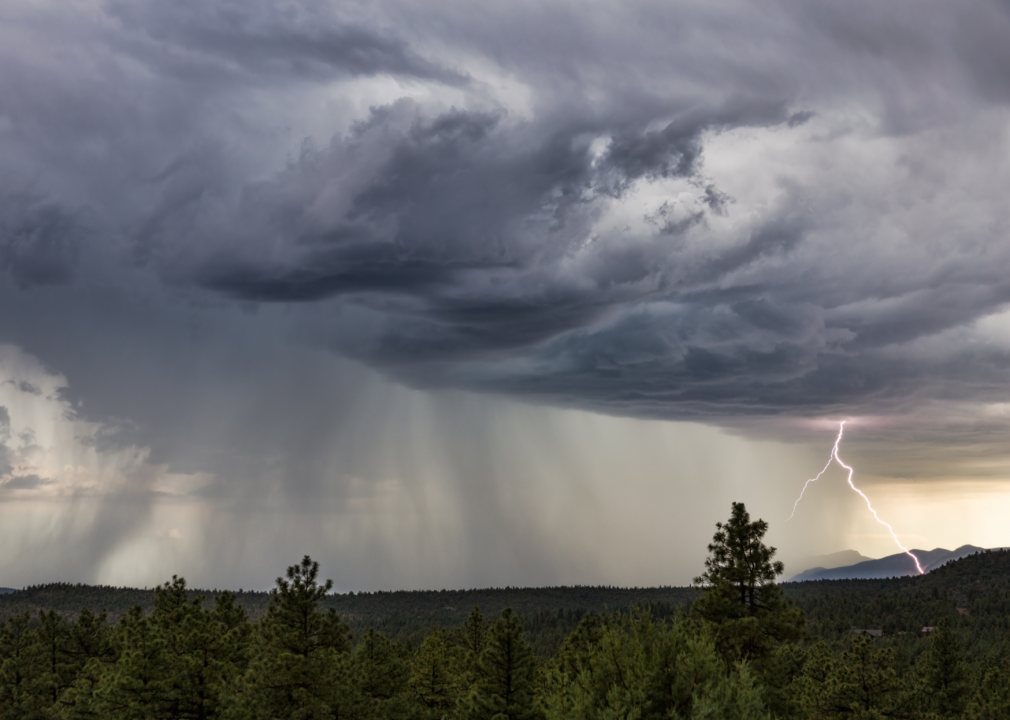
John D Sirlin // Shutterstock
What is a derecho?
This is a wide, fast-moving thunderstorm storm with strong winds of 90 mph or higher. A derecho blew through Wisconsin in the summer of 2019, causing damage similar to a hurricane.
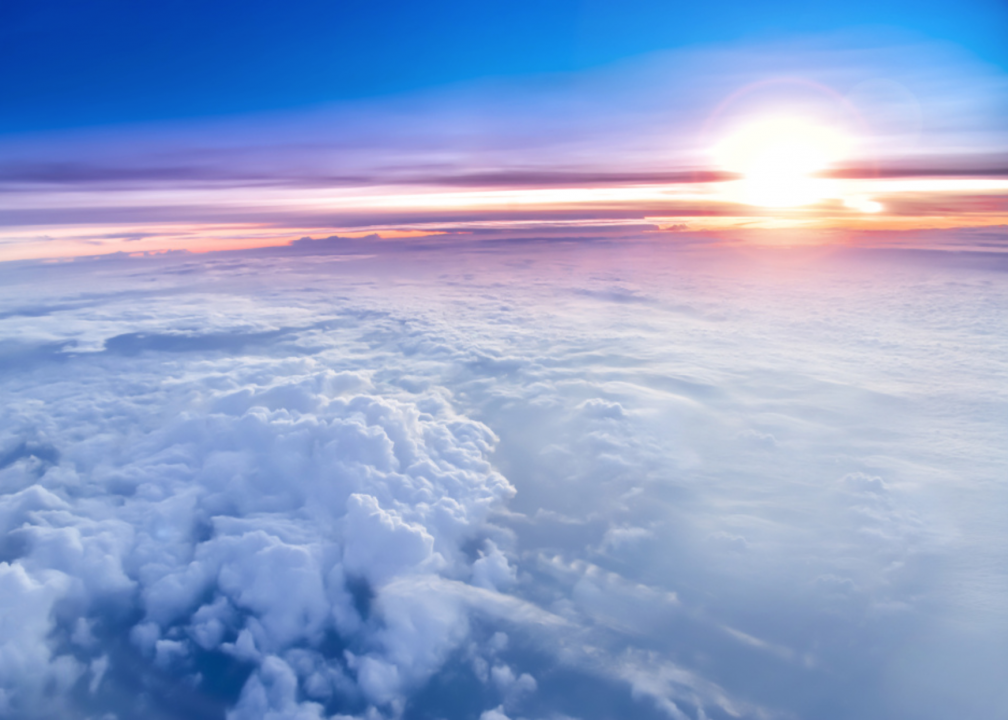
Chaleephoto // Shutterstock
Is there still a hole in the ozone layer?
There is still a hole in the ozone layer, but it's shrinking, according to NASA. There has been a 20% decrease in the hole thanks to a ban on chlorofluorocarbons (CFCs). "We see very clearly that chlorine from CFCs is going down in the ozone hole, and that less ozone depletion is occurring because of it," said Susan Strahan, an atmospheric scientist from NASA's Goddard Space Flight Center.

wavebreakmedia // Shutterstock
How does weather affect asthma?
High heat, humidity, cold, rain, thunderstorms, or any sudden weather changes can make asthma worse, according to the Asthma and Allergy Foundation of America. Because extreme events are more problematic than milder weather, climate change is likely to worsen asthma symptoms.
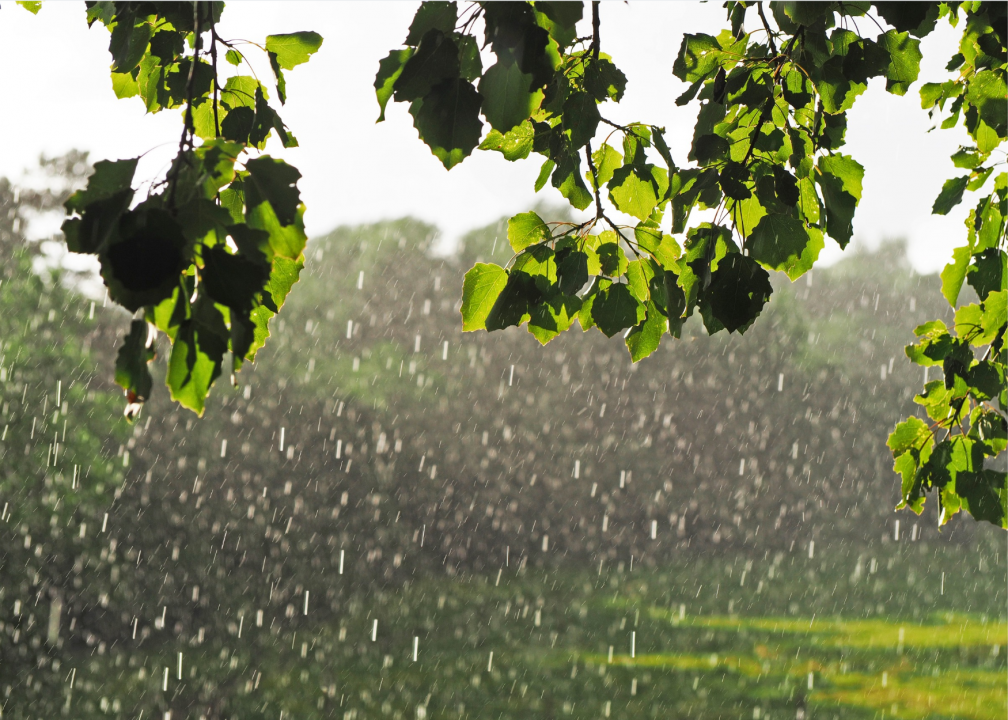
ANGHI // Shutterstock
How can it rain when it's sunny?
A sun shower can happen if the atmosphere is unstable. Temperature changes can push air up and down, which can create the right circumstances for rain.
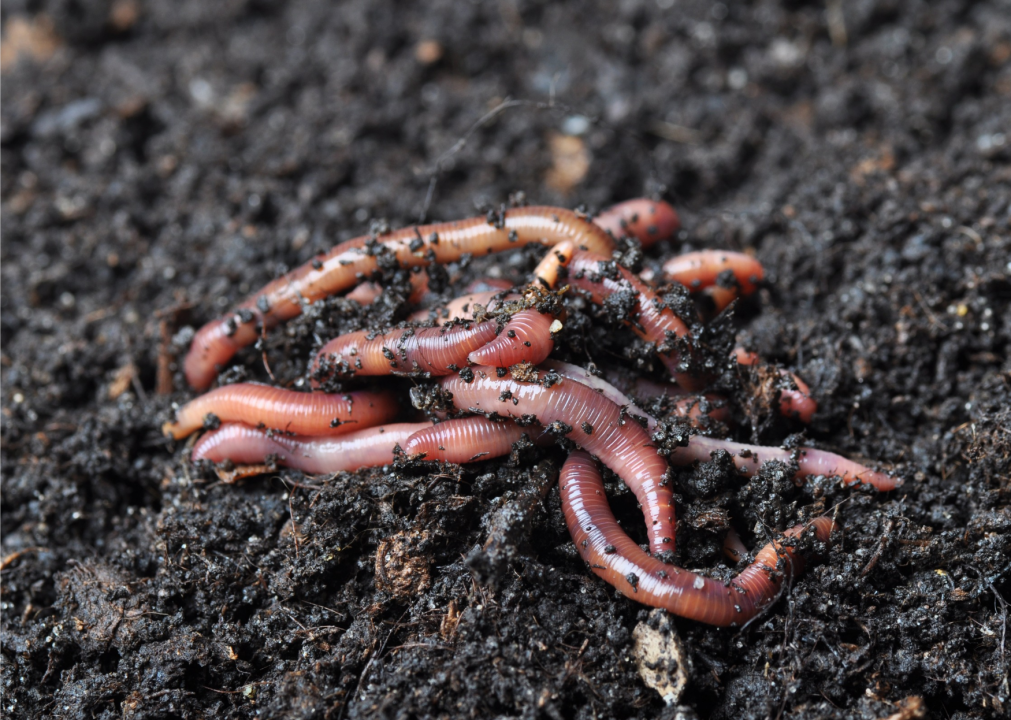
wawritto // Shutterstock
Why do earthworms show up after it rains?
After rainfall, it's common to see worms wriggling around on the pavement. Scientists used to think it was so these crawlers wouldn't drown. But worms can breathe through their skin, so they need moisture. Experts believe it could be that the wet conditions help worms migrate faster, or that the rain causes vibrations that sound like a predator.
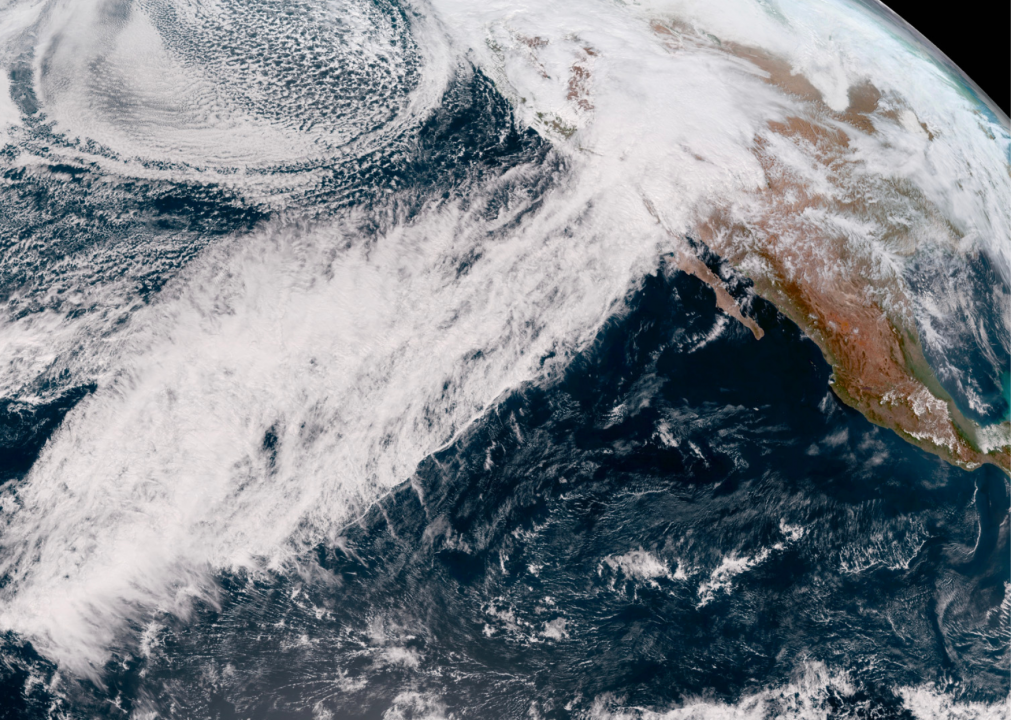
NOAA Satellites // Flickr
What are atmospheric rivers?
Winds in the lower atmosphere can transport evaporated ocean water around the world, dumping snow and rain along the way. One of these fast-moving streams can carry about 25 times the volume of water that's in the Mississippi, reported National Geographic.
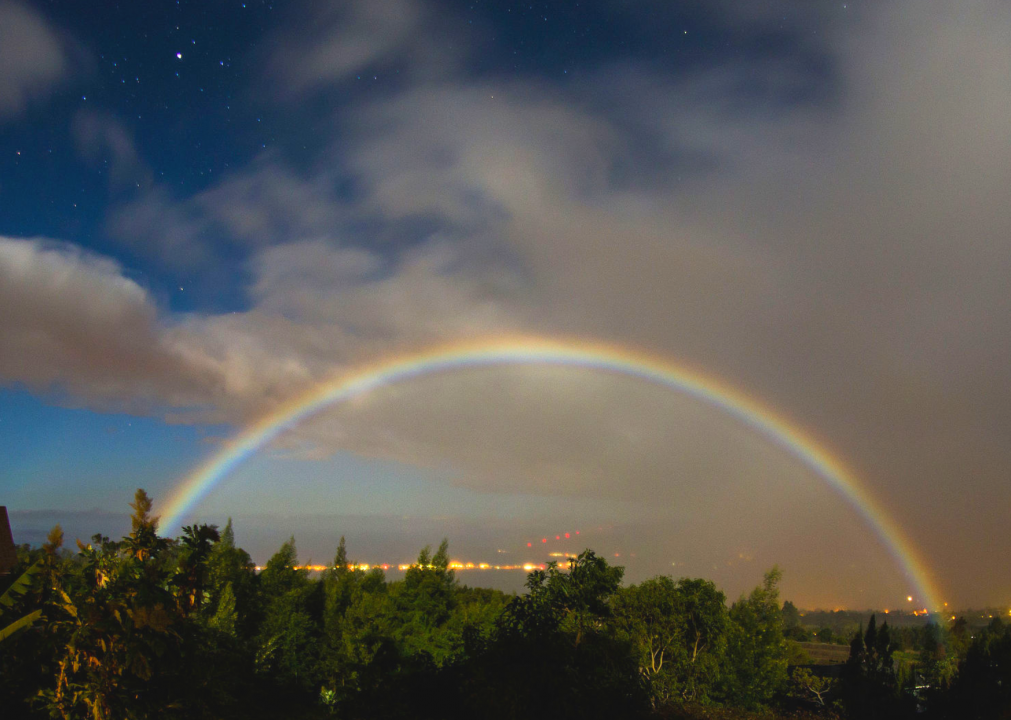
arne-kaiser // Wikimedia Commons
What is a moonbow?
Light from the moon can create a rainbow at night if there is enough moisture in the air. Moonbows are seen more often in the tropics, like Hawaii, than at higher altitudes. If the water droplets are small—like in a mist—it will create a white or gray rainbow called a fogbow.
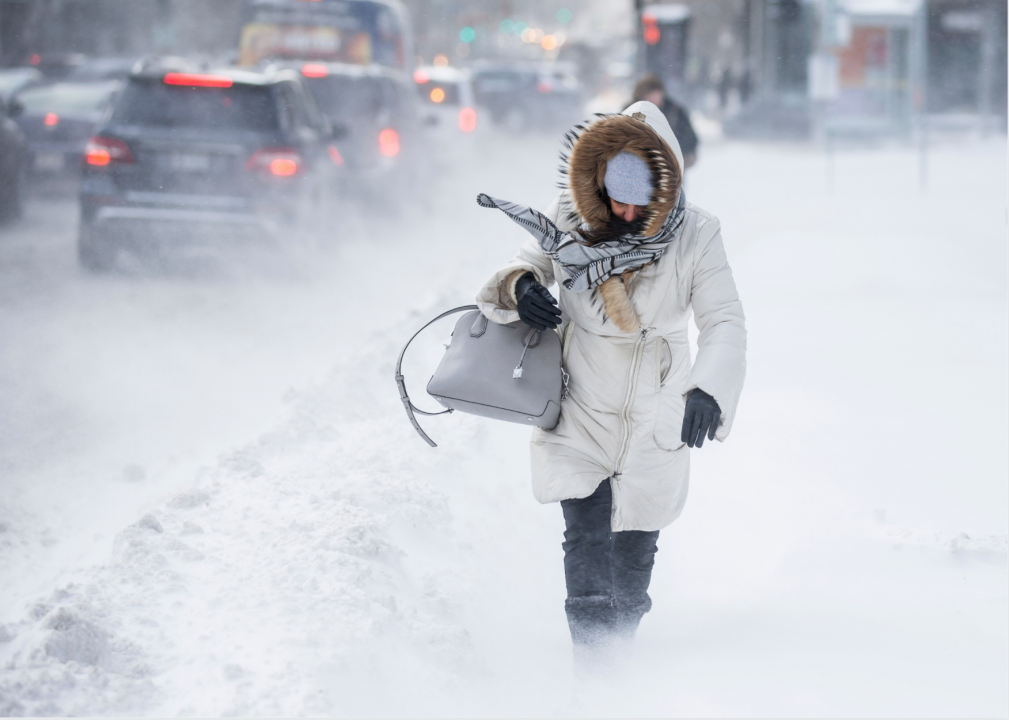
darioayala // Shutterstock
What's the difference between a snow squall and a blizzard?
A snow squall lasts for about 30 to 60 minutes, dumping snow in a short amount of time. These storms are dangerous because they can reduce visibility quickly, which makes driving hazardous. Blizzards can also make transportation risky because they produce winds of 35 mph or more, which can blow snow on the roads.

Aarti Kalyani // Shutterstock
How can wildfires affect the weather?
If a wildfire is strong enough, it can create a thunderstorm. This is known as a pyrocumulonimbus cloud, or pyroCb. PyroCbs are happening more often and in new places. This is likely because the globe is getting hotter and creating stronger wildfires.

NASA // Wikimedia Commons
What is an anticyclone?
High-pressure systems are called anticyclones. They bring sunny skies with few clouds because they produce light wind that blows clockwise.
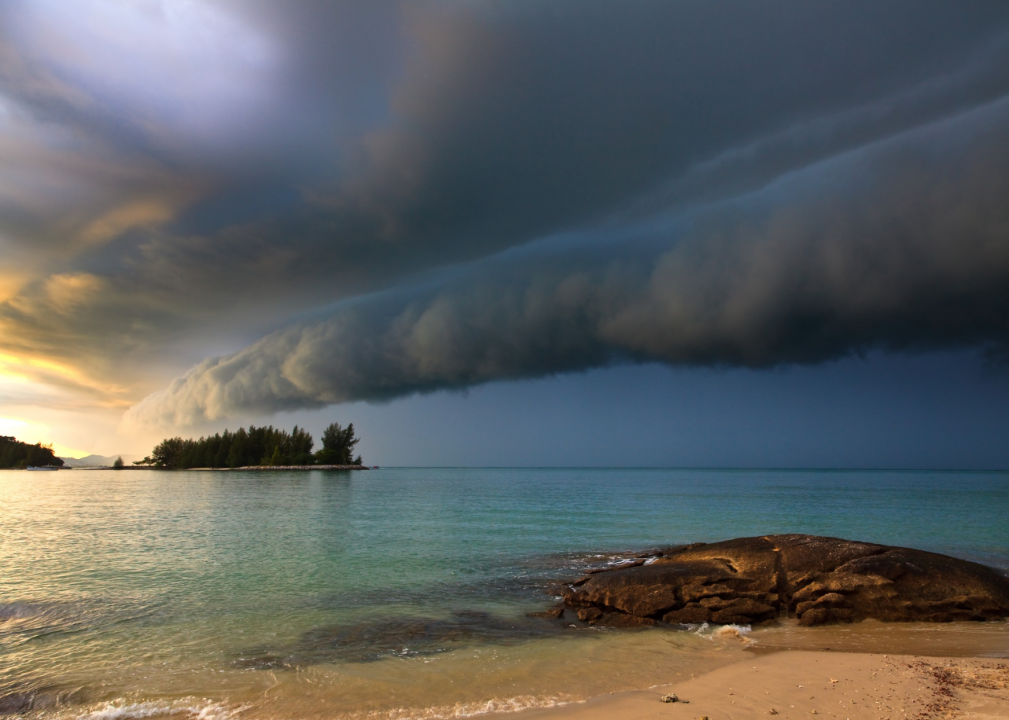
Peter Wollinga // Shutterstock
What is a roll cloud?
These are rare cloud formations shaped like long, horizontal tubes. They are found near a moving cold front when warm, moist air rises and cools. They can look strange because they are entirely separate from the thunderstorm.
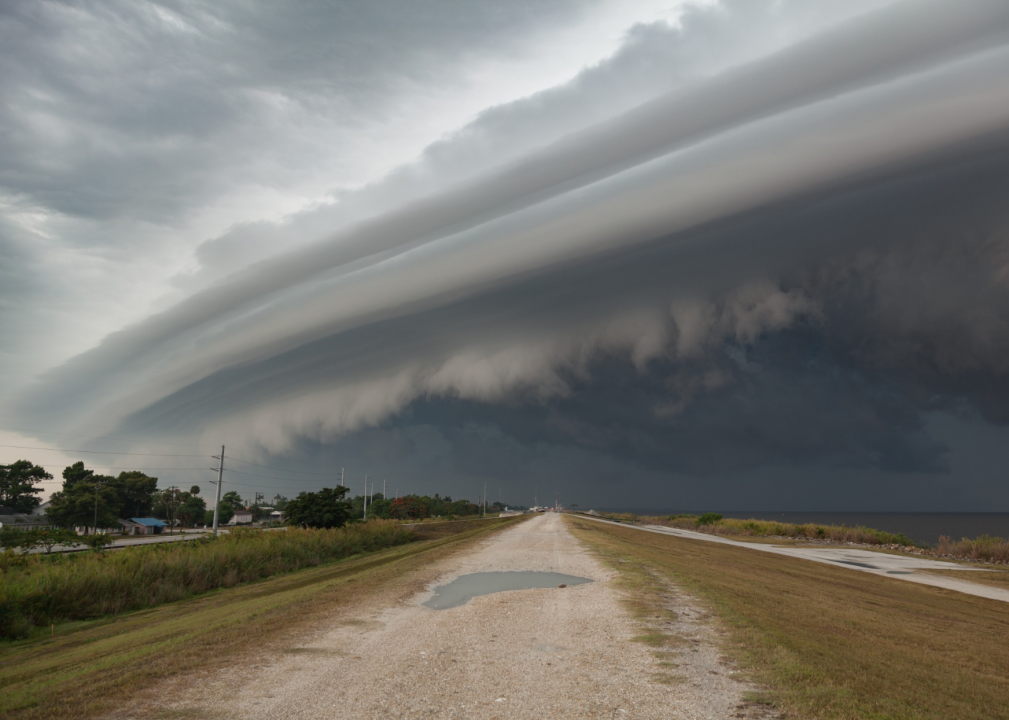
Jeff Gammons StormVisuals // Shutterstock
What is a shelf cloud?
Also called an arc cloud, these clouds sit in thunderstorms, and mark the boundary between warm air moving up and cold air moving down. Unlike roll clouds, they aren't detached from their storm system.
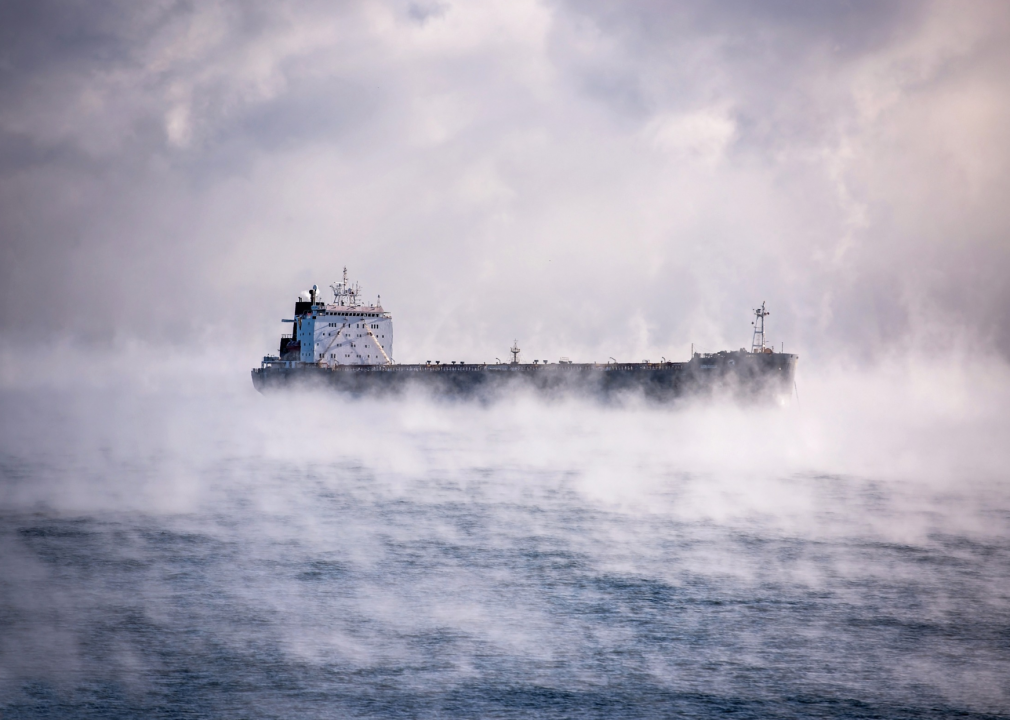
Matthew Breiter // Shutterstock
What causes sea smoke?
Steam can hover over water when cold air comes into contact with warm water. This kind of fog is more likely to happen in winter. While it's not dangerous to breathe, sea smoke can make it hard for ship captains to see and navigate through the water.
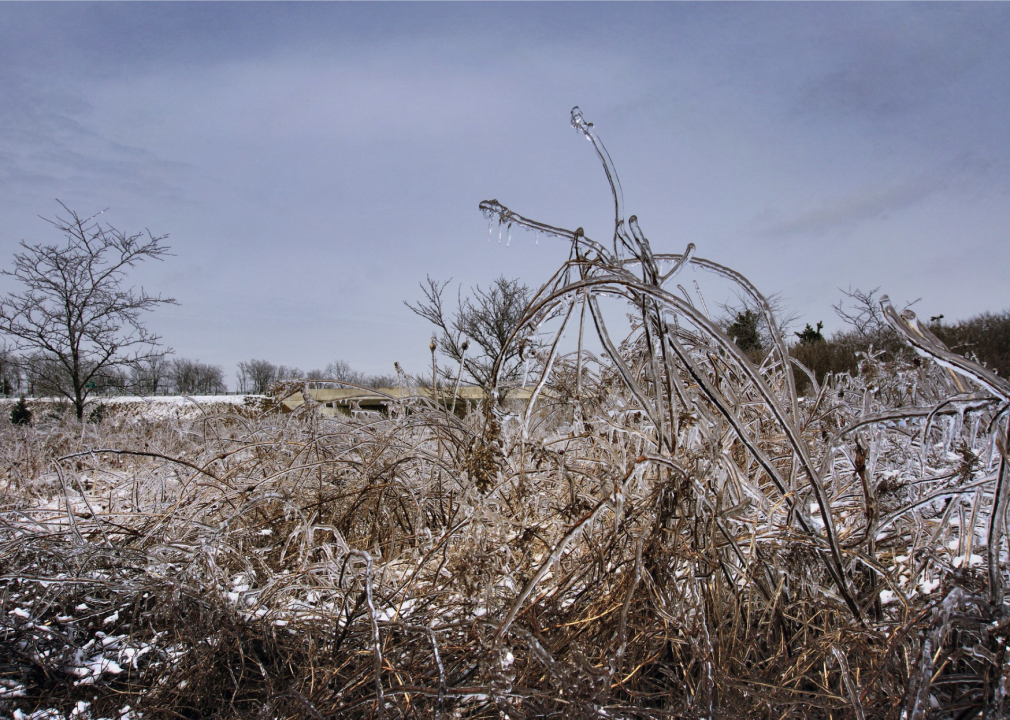
Boris Kasimov // Flickr
What is a flash freeze?
If it's raining or snowing and the temperature falls quickly, the wet ground can freeze. This isn't the same as freezing rain, which occurs when rain falls and freezes on a surface that is 32 degrees or below.

Sami Lehman // Shutterstock
What's the difference between drifting and blowing snow?
When the wind picks up snow from the ground, it's called drifting snow as long as it's below 8 feet. Once it gets above that height, meteorologists refer to it as blowing snow. Snow can drift or blow during a storm or after the snow has stopped falling.
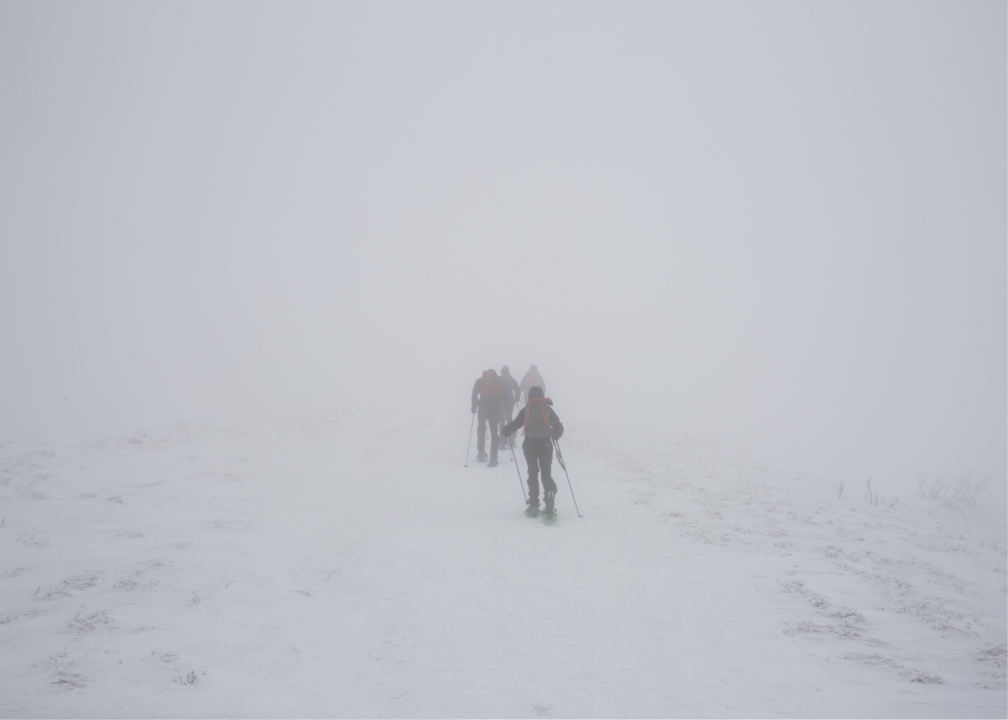
Paddy Scott // Shutterstock
What is a whiteout?
Sometimes it's impossible to see through a snowstorm. If the ground is already covered in snow, fresh snowfall under grey clouds can make the landscape blur together. Travel can become dangerous or impossible when this happens.
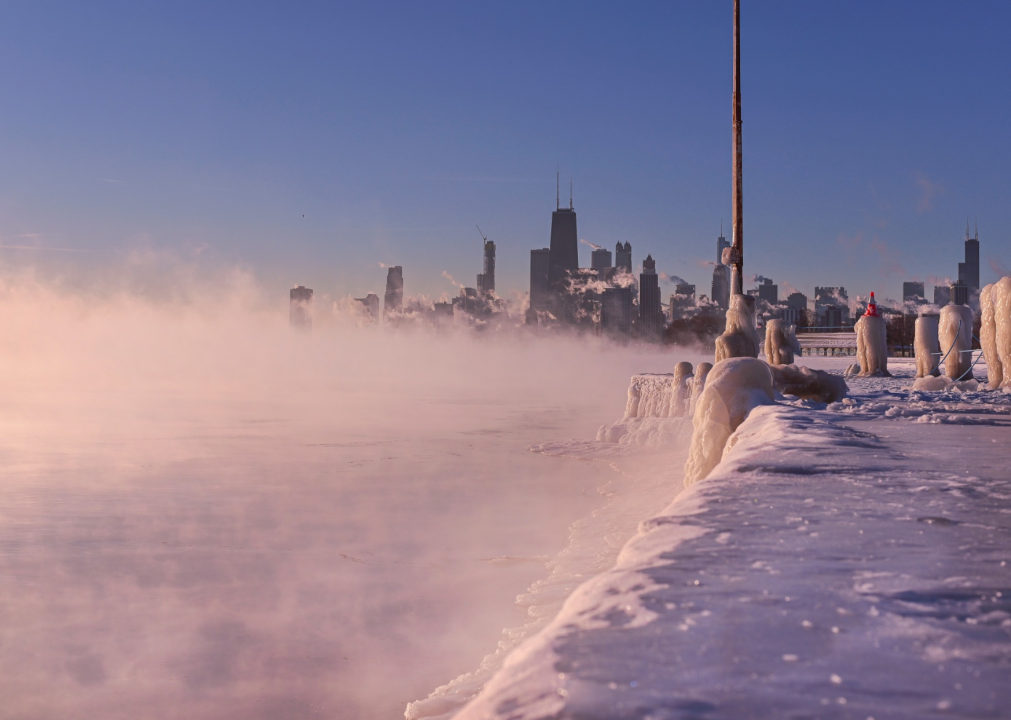
Jake Hukee // Shutterstock
What is the polar vortex?
A "polar vortex," a mass of frigid air that is usually over the Arctic, was to blame. It gets the name vortex because it turns counterclockwise, like a hurricane. When this low-pressure air system is weakened, which can happen when temperatures are warm, the polar vortex can push cold air south. This is likely to happen more often with climate change.
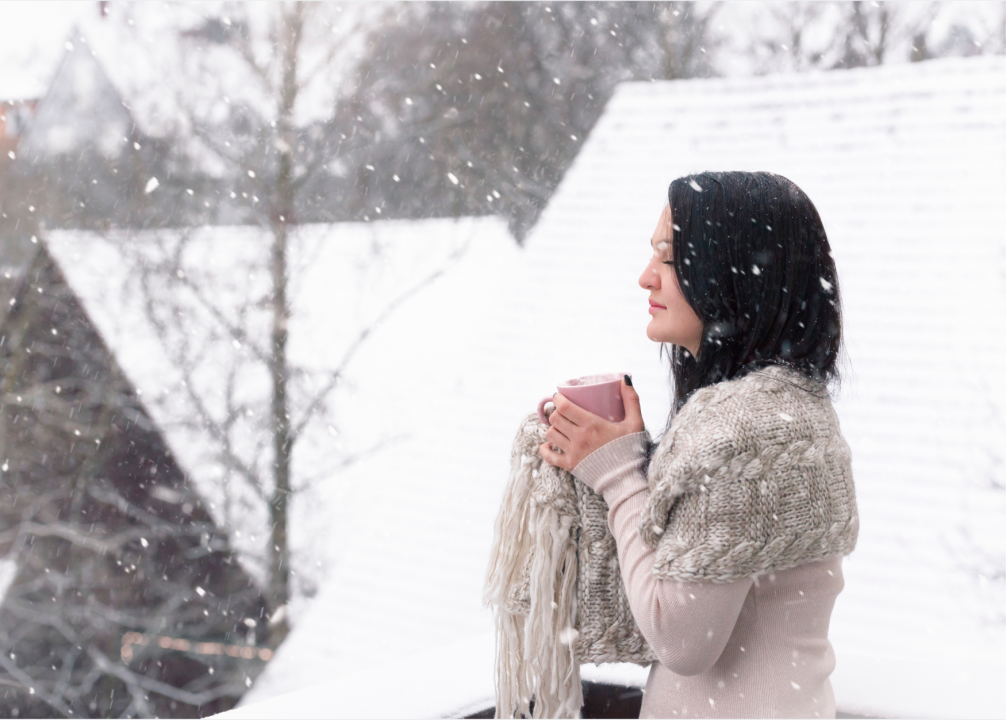
YesPhotographers // Shutterstock
Why does snow make it quiet?
When snow accumulates, it holds onto sound waves.
"Snow is going to be porous, and typically porous materials such as fibers and foams...absorb sound pretty well," David Herrin, a professor at the University of Kentucky's College of Engineering, told AccuWeather.
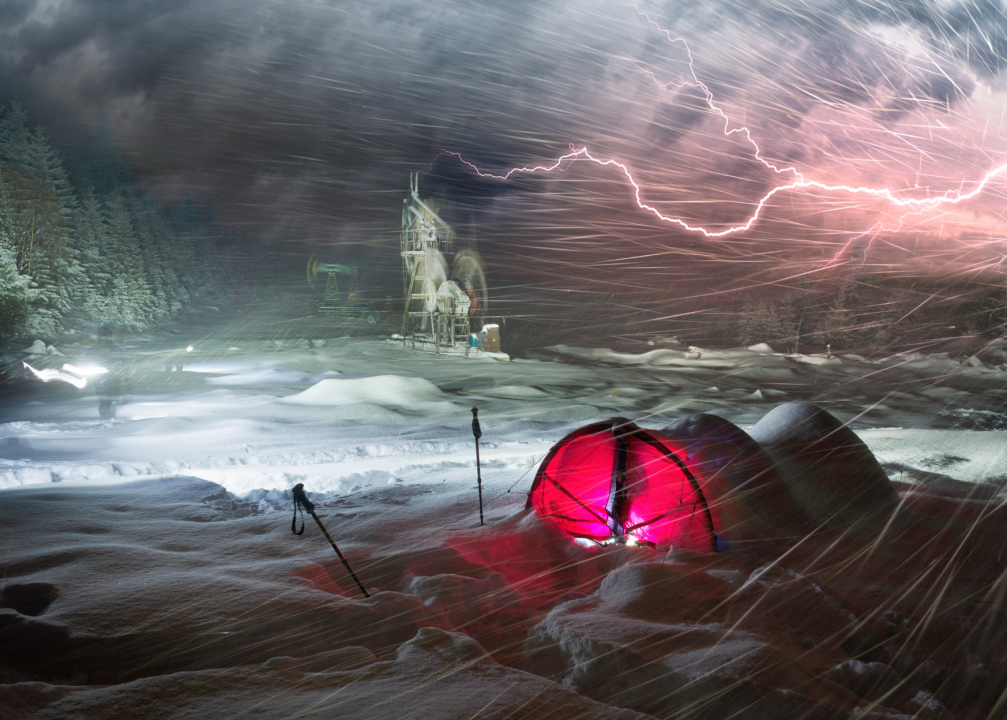
Roman Mikhailiuk // Shutterstock
How can it thunder and lightning during a snowstorm?
When warm air from the ground rises into an atmosphere that is below freezing, it can cause electrical charges to separate. Lightning can strike during a snowstorm when the charge needs to be equalized, just like in a summer thunderstorm. These conditions don't happen often in winter, which makes thundersnow rare. And since snow dampens sound, thunder may be hard to hear even when it happens.

Vera Petrunina // Shutterstock
What is a frost quake?
In early winter of 2019, people in the Midwest reported "loud booms and banging noises" when temperatures fell below zero, reported ABC News. What they heard was a "frost quake," which is technically called a cryoseism. It can happen when the ground gets full of water or ice. This can freeze the soil and rock around it, which makes a loud noise if it cracks

ArtOfPhotos // Shutterstock
What is a snow drought?
When mountain snow melts in the spring and summer, water from the snowpack flows down into streams and reservoirs below. If it snows less than usual, or warm temperatures melt snow before it can build up, it means less water is available during the hot months. This can be detrimental to anything that depends on that water supply: farmers, fisheries, and outdoor tourism like skiing or river raftin

Ben Romalis // Shutterstock
How does hail form?
Air currents in thunderstorms can pull rain up into a part of the atmosphere that's really cold. The raindrops freeze and turn into balls of ice. When they get heavier than the updraft, gravity pulls them to the ground. Hail causes up to $22 billion in damage a year, reported CBS News. As Earth's atmosphere continues to warm, hailstorms could get worse.
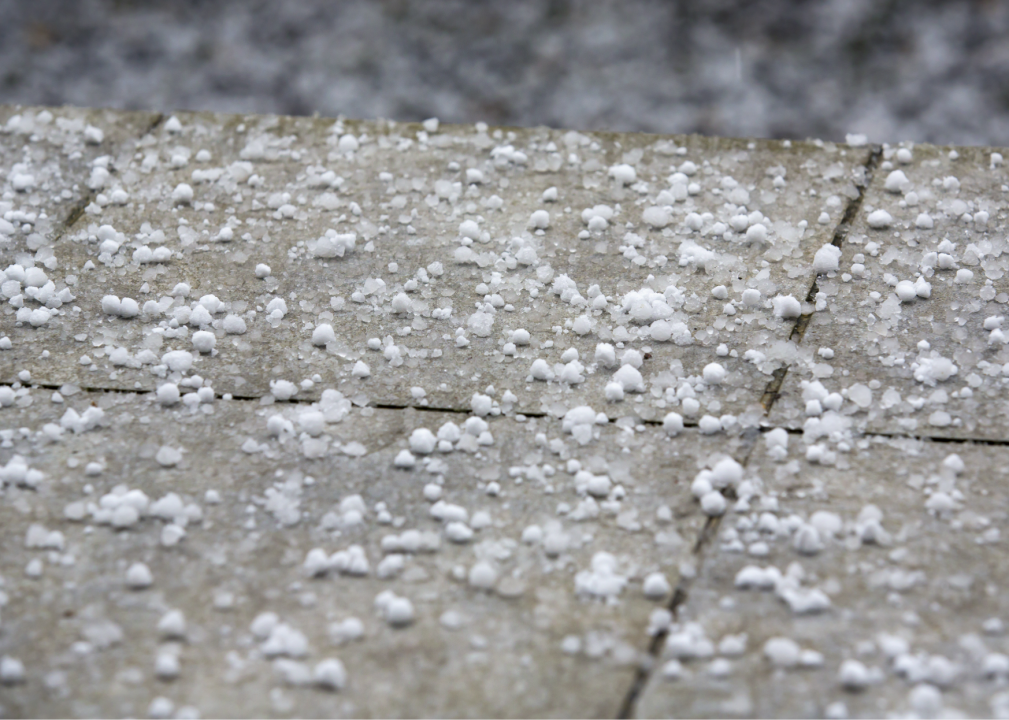
Jne Valokuvaus // Shutterstock
What is graupel?
A type of hail that's small is called graupel. These are little balls of ice that form when cool water droplets wrap around a snowflake.
